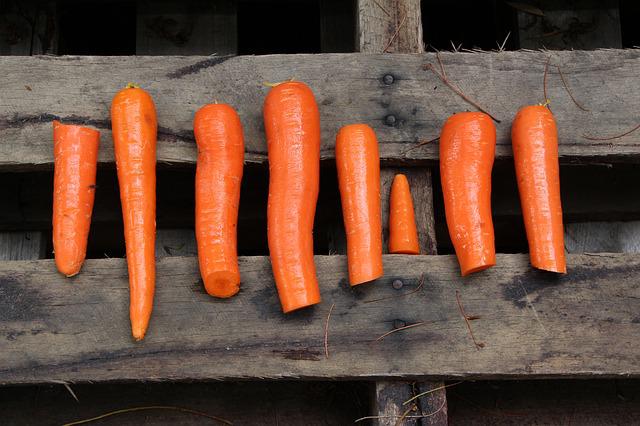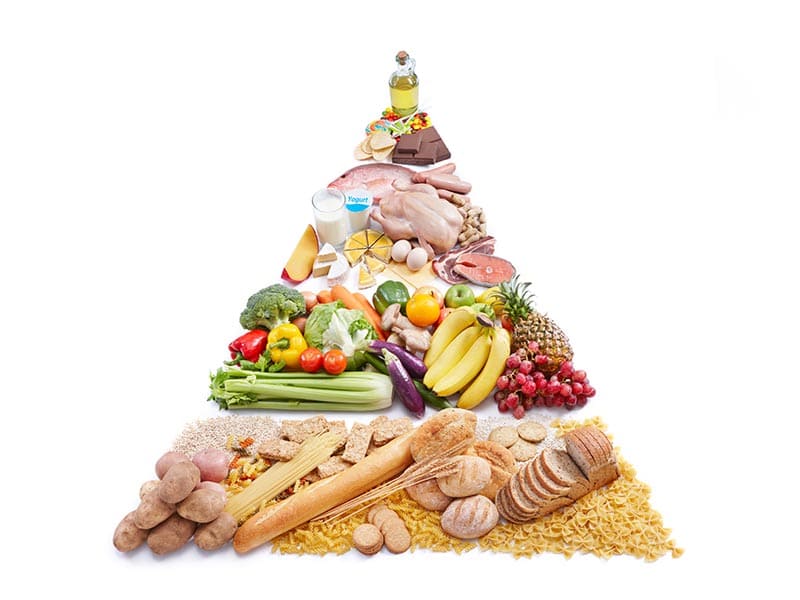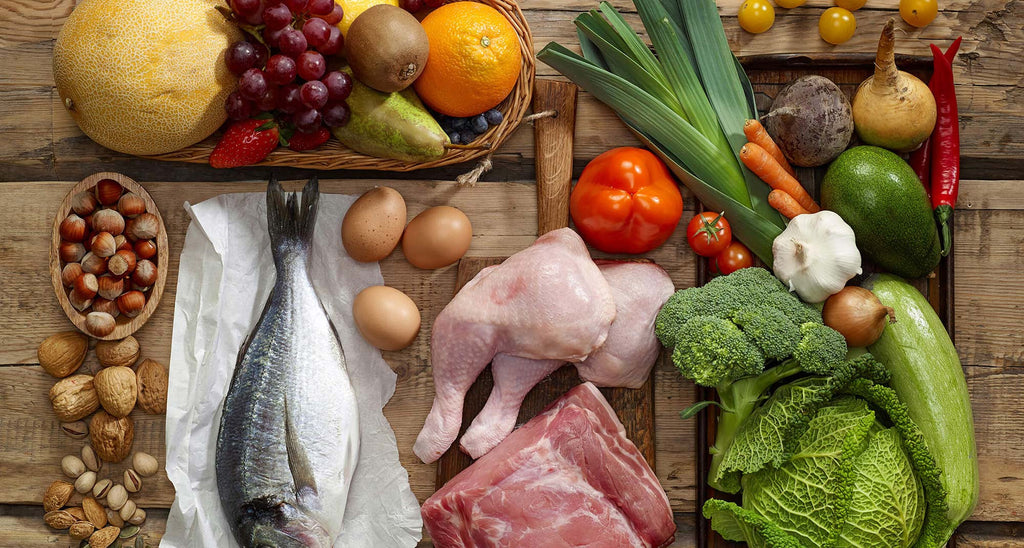
The Paleo diet is a great option for beginners or those who have not heard of it before. We will discuss the potential health benefits and side effects of this diet, as well as its applicability. This diet emphasizes whole grains, fruits nuts, seeds, and fish (preferably wild, sustainable). This diet excludes meat, unless you are bow hunting in nature. The diet contains moderately high amounts of dairy, which can be a good source to calcium. It includes whole grains and legumes.
The Paleo diet: Problems
There are many problems with Paleo. It is too high in meat, eggs, and rejects healthy foods like dairy and grains. The Paleo diet does not have scientific support, despite its apparent benefits. Here are some of the most common problems associated with this diet. Here are some of the most common problems with Paleo. Before you decide to make the switch, consider all of your options.
The basic idea of the Paleo diet is that humans evolved to eat meat and seafood. Since the Arctic has very few edible plant species, these people were capable of adapting to a lack of food and remaining healthy. Paleo is a diet that discourages consumption of grains. However, there are also plenty of benefits to this diet, and incorporating it into your diet can help you get lean and fit in no time.
Potential health benefits

Paleo is a high-protein diet with low carbohydrate and protein. This may be beneficial for people who have metabolic health issues. The diet's reduced intake of sugars, which are often associated with insulin resistance, increases the body's ability to process glucose and increases insulin sensitivity. The body's intake is reduced by avoiding grains and legumes. This may help those with autoimmune conditions. However, excluding whole grains from your diet can lead to lower intakes of beneficial nutrients, as well increase the risk for diabetes and cardiovascular disease.
The American Physiological Society published a study that showed the diet could reduce inflammation and even lower the use of prescription drugs for patients with type 2. Additional research is necessary to confirm these benefits and to determine if it can reduce medication. Although it is important to avoid high-processed foods, many have found significant benefits. Paleo does require people to avoid refined foods like pastas and breads.
Possible side effects
The absence of cereal grains may explain some side effects of the paleo diet. The absence of cereal grains will reduce your intake of fiber and B vitamins, which are important for regulating blood sugar levels. You could also get diabetes if you eliminate grains. In addition, cereal grains also contain important nutrients like iron and magnesium, which can lower cholesterol and protect your body from chronic diseases. You should be aware of possible side effects if you have been consuming cereal grains for a very long time.
Bad breath is one the most prominent side effects of Paleo. Bad breath can be a sign of a variety of things. It depends on how you eat and what your body is doing. You may notice a foul-smelling breath if your body is in ketosis. The increased amount of protein in your diet can increase your body's production of hydrogen sulfuride. This can cause unpleasant burps. It may also lead to a smell similar to eggs.
Application

Despite numerous claims about weight loss, Paleo does not have sufficient research to back these claims. Whole food groups are either eliminated or limited by the diet, including dairy products and grains. This could result in a high intake saturated fats, and other important nutrients may be missing. It is considered somewhat unsafe. Here are some reasons not to follow the Paleo lifestyle:
In addition to the lack of dairy protein, the Paleo diet promotes the consumption of lean meat. It could also serve as part a periodic nutrition plan for power and strength athletes. The diet can be more restricted during the off-season, but more flexible during the sports season. This allows athletes in the sport seasons to include more CHO. It may be challenging for strength/power athletes, however, to stick to this diet plan.
FAQ
What are the basic skills of cooking?
Basic cooking skills include reading recipes, measuring ingredients, cooking safely and cleaning up afterwards. These skills are essential if you wish to cook well for yourself. Cooking can be a great way of saving money, as you don't need to go out to eat all the time.
What skills will I need to be able to go to culinary school?
A chef's job requires you to be able cook well under pressure and understand food safety regulations. You should enroll in cooking classes at local community colleges or high schools to learn how to cook. After mastering the basics, you'll be able to apply for a job at a catering or restaurant.
Do I have to go to culinary school in order to be a professional chef?
No. No. Many chefs began their careers learning by themselves. Some chefs even attended culinary school to gain more experience. Most chefs prefer to go to culinary school to expand their professional opportunities. Culinary schools offer students hands-on training, which helps them build valuable skills and improve their cooking knowledge.
Are there any ingredients I can buy to cook?
You don't have to buy all ingredients. Many grocery stores have premade sauces and other products that you can substitute for. However, if you want to save money, then buying pre-made meals can be helpful.
What should a novice cook do first?
Beginners should begin cooking simple dishes like soup, pasta, and rice. Learn how to cook with a recipe book, YouTube video or other resources. Cooking is fun when you do it with someone else. You can cook together as a family or with friends.
Statistics
- You'll be amazed that over 90% of CIA students receive scholarships and grants to finish their culinary studies. (ischoolconnect.com)
- In the United States, the category is estimated at $23.2 billion annually and is growing faster than the market. (washingtonpost.com)
- The median pay for a chef or head cook is $53,380 per year or $25.66/hour, according to the U.S. Bureau of Labor Statistics (BLS). (learnhowtobecome.org)
External Links
How To
How to cook steak
The thickness of the meat determines the best cooking method. Thicker steaks can be cooked on a low heat. Thicker steaks need to be cooked at higher temperatures.
It's important to not overcook the steaks as they will lose their taste. You should always remove the steak from the skillet when it's done. This will prevent you from burning yourself.
Cooking times depend on the size of the steak and the desired degree of doneness. Here are some guidelines:
Medium Rare: Cook until medium-rare, which is when the internal temperature reaches at least 145degF (63degC). This takes between 3 and 5 minutes per side.
Medium: Cook until medium. This means that the internal temp has reached 160 degrees F (71 degrees Celsius). This typically takes 6 minutes per side.
Well Done: Cook until well done, which means the internal temps reach 180degF (82degC). This can take between 8-12 minutes per side.